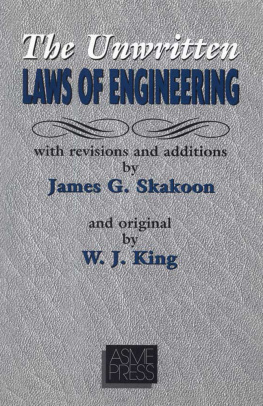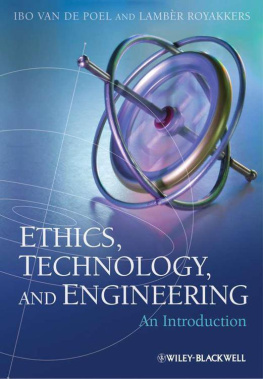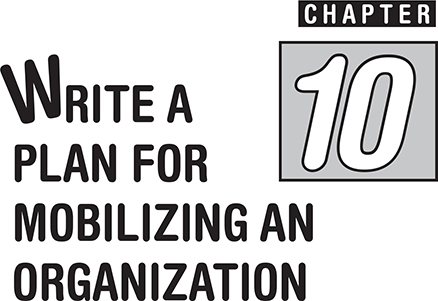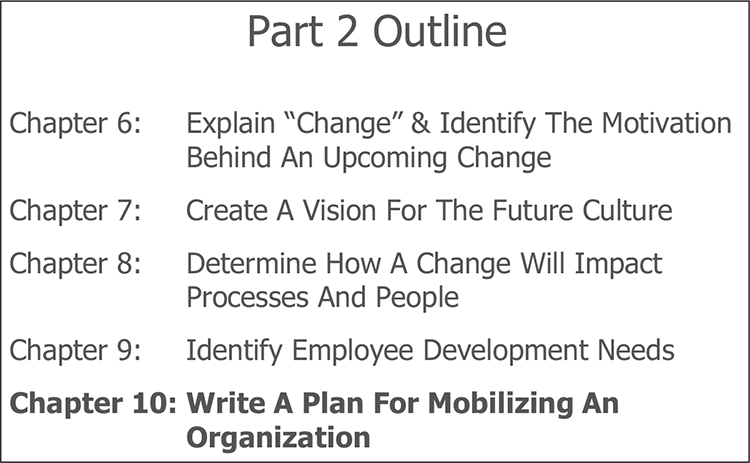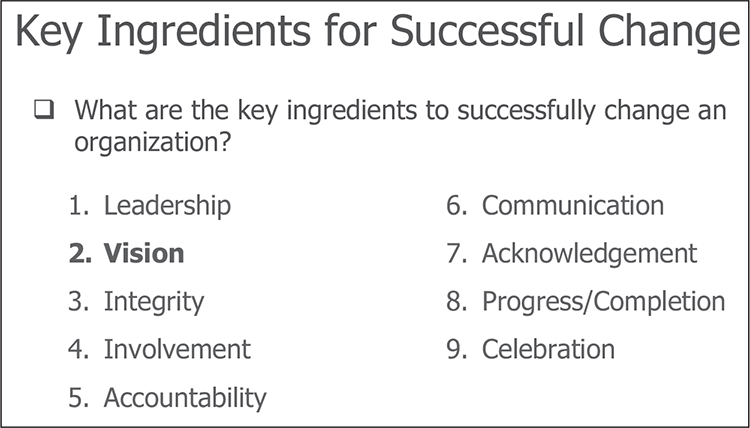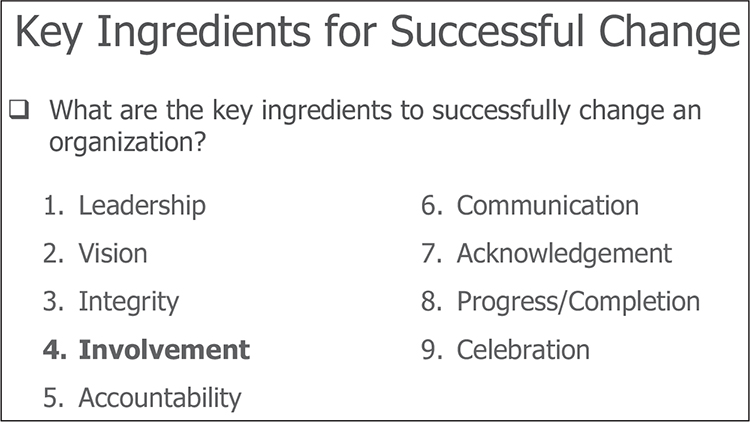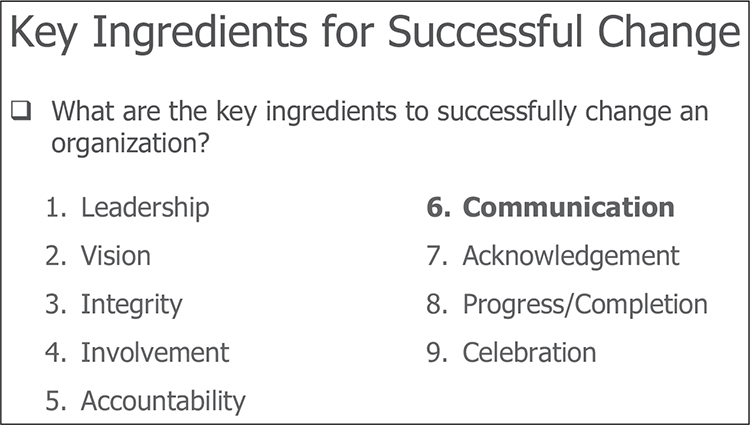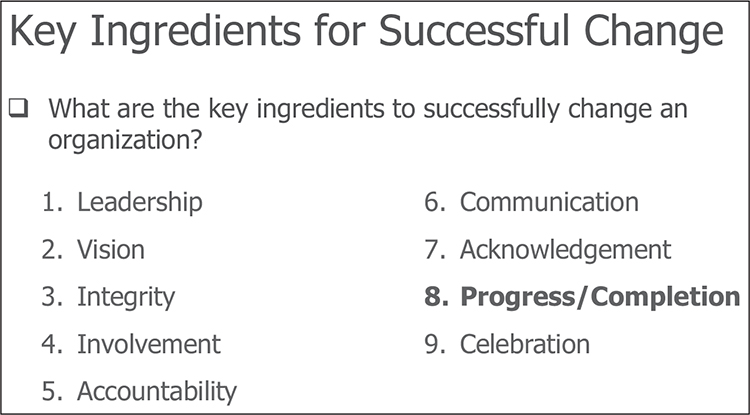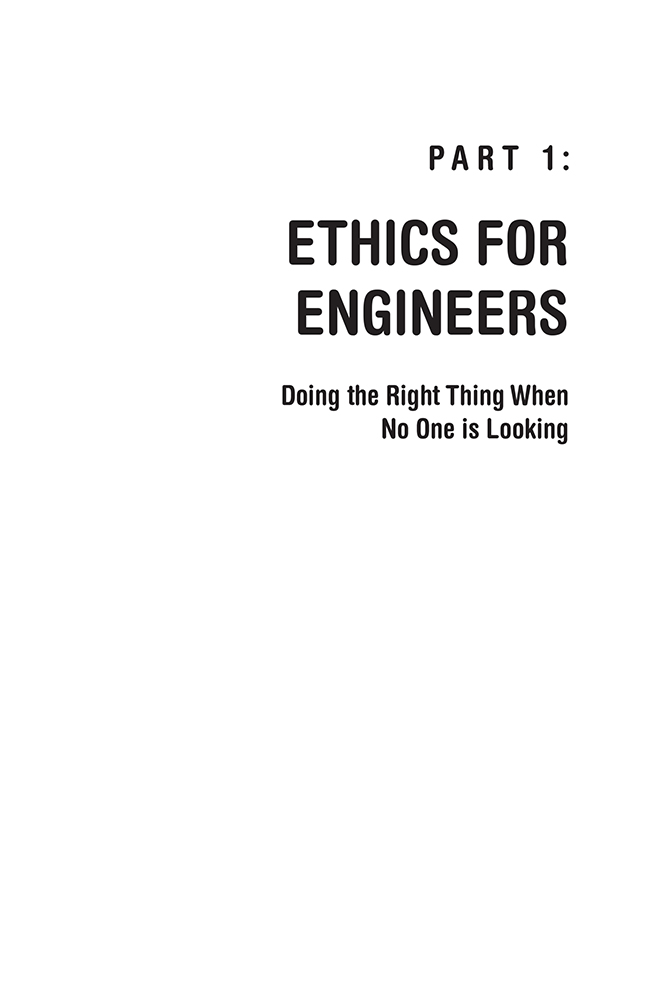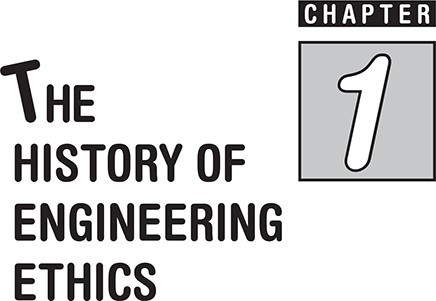In this chapter you will learn how to write a plan for mobilizing an organization, applying what you learn on the job and identifying the necessary ingredients for a successful change.
By the end of this section, you will be able to explain Change; identify the motivation behind change; create a vision for the future; determine how a change will impact processes and people; identify employee development needs; and write a plan for mobilizing an organization.
To get the most out of this section, you should identify a change that will affect you, your team/department or your organization. As the chapters progress, consider how to apply the principles to your situation. You should have a pen and paper handy to take notes or try exercises on your own.
In this section youll apply what you learn by identifying the necessary ingredients for a successful change and completing a training action plan. These are the chapters that well cover during the section. Remember to keep your pen and paper handy to take notes or to try the exercises.
Now you will learn how to write a plan for mobilizing an organization, apply what you learn on the job and identifying the necessary ingredients for a successful change.
HERE IS A SAMPLE PROJECT PLAN REVIEW ITS COMPONENTS
INGREDIENTS FOR SUCCESSFUL CHANGE
These are the key ingredients one must have to implement a successful change in an organization. Please consider each one. Then, rate your organization, on a scale of 1-5, with 5 being the highest.
Lets start with #1, which is Leadership: Our leaders sponsor change with their vocal and visible support. Our Leaders can challenge, motivate, and empower teams through change.
Next, consider #2 Vision: We have a written vision statement describing the desired future state of the team or organization after the change initiative.
#3 is Integrity: Our leadership possesses a high-level of personal integrity they are honest and moral.
#4 Involvement: Our change initiative involves everyone impacted by the change. Each stakeholder group has a representative that has a voice. Individual employees have the ability to provide input and feedback in a way that gives people a sense of ownership.
#5 is Accountability: People at our company feel a part of our successes, feel they are involved, have the ability to fail, and make corrections as necessary.
#6 is Communication: We communicate changes early and often, using multiple communication vehicles. We have methods in place for gathering feedback from those impacted by the change.
#7 is Acknowledgement: Our organization acknowledges both successes and setbacks, and communicates them with employees.
#8 is Progress & Completion: We have measures in place that show how progress is being made to the final goal.
And finally, consider #9, which is Celebration: We take the time to celebrate our successes.
Implementing change in an organization can be a painstaking process. The organization must consider all of the business process that will be altered, removed, and added as well as how these changes will impact the workforce. Remember, a significant transformation to how the organization functions will have an impact on its culture.
Change affects stakeholders in the organization from officers to entry-level employees. Frequent, honest, and clear communication to stakeholders is vital to the success of this process. They need to know what, why, when, and how something is going to happen.
Employees will always wonder, Whats in it for me? Why should I care? Remember, individuals adapt to change over four stages: awareness, understanding, acceptance, and commitment.
How well an organization manages this process, using communication, training, and support tools, affects how well employees will move through it. Will talented employees thrive or will the organization experience high attrition rates?
Take a look at these websites for additional reference material
This concludes Chapter 10: Write a Plan for Mobilizing an Organization.
INTRODUCTION
of this book is designed to provide a clear picture of what ethical behavior looks like and ideas for what to do if you or someone else is not behaving in a manner consistent with this picture.
This is the first chapter in , entitled The History of Engineering Ethics.
This chapter is designed to give you a good feel for the history of engineering ethics why and how they originated and how they have evolved over the years.
Read the following situation in which an engineer is faced with an ethical dilemma. After you read about the circumstances, consider these questions: What is the ethical dilemma? And what are the first 3 steps the engineer should take?






